Beauty News, Bonusan
Protect Your Skin from Within: Nutrients that Shield Against Sun Damage
Sunshine makes us glow, boosting our mood and vitamin D production. However, the sun also has a downside—it can cause serious skin damage. It’s wise to avoid sun exposure during peak hours and use protective clothing, but did you know your diet can also help protect your skin from within? Research highlights a powerful blend of nutrients found in everyday foods that enhance your skin’s natural defenses against harmful UV radiation.
Understanding the Danger of UV Rays
Sunlight contains ultraviolet (UV) radiation, invisible electromagnetic radiation emitted by the sun and tanning beds. Despite being unseen, UV rays can significantly damage skin and eyes.
 Types of UV Radiation
Types of UV Radiation
There are three main types:
-
UV-A: Linked primarily to skin aging.
-
UV-B: The most damaging to eyes and skin.
-
UV-C: Absorbed by the ozone layer and thus not a threat to us.
Effects of UV Radiation on Skin
UV rays harm the skin in various ways:
-
DNA Damage: Alters skin cells’ genetic material, potentially leading to uncontrolled cell growth and increasing the risk of skin cancer.
-
Oxidative Stress: Causes an imbalance between free radicals and antioxidants, leading to inflammation and premature aging. Antioxidants like vitamins C and E, as well as selenium, help counteract this stress.
-
Immune Suppression: Weakens skin immunity, impairing the skin’s ability to repair itself and renew damaged cells.
-
Collagen Degradation: Reduces collagen production, causing wrinkles and sagging. Collagen is crucial for maintaining skin elasticity and firmness.
Protecting Your Skin Naturally
In addition to external measures such as wearing protective clothing and avoiding peak UV hours (12 PM to 3 PM), dietary intake of certain nutrients significantly boosts your skin’s natural protection.
Key Nutrients for Internal Sun Protection
Research demonstrates that a combination of vitamin E, vitamin C, selenium, carotenoids, and proanthocyanins actively protects the skin from UV damage, reducing sunburn and associated risks:
-
Vitamin E: A powerful antioxidant that reduces oxidative skin stress and supports skin healing. It is also effective when applied topically, though dietary sources offer sustained benefits. Rich sources include almonds, avocados, spinach, and sunflower seeds.
-
Vitamin C: Essential for collagen production, it protects against damage caused by free radicals. Vitamin C also supports skin repair and maintains skin integrity. Found abundantly in citrus fruits, berries, bell peppers, broccoli, and leafy vegetables.
-
Selenium: A mineral antioxidant that defends against oxidative damage and helps maintain the skin’s elasticity and youthful appearance. Commonly found in fish, Brazil nuts, whole grains, and dairy products.
-
Carotenoids: These natural pigments include beta-carotene, lutein, zeaxanthin, lycopene, and astaxanthin. They act as potent antioxidants, protecting skin cells from UV-induced damage and inflammation. Some carotenoids can be converted into vitamin A, further enhancing skin health. Sources include carrots, peppers, spinach, tomatoes, shrimp, lobster, crab, and salmon.
-
Flavonoids (especially proanthocyanins): These powerful antioxidants help reduce skin inflammation and oxidative stress. They are particularly effective in protecting against environmental damage. Rich sources are apples (especially apple skin), berries, tea, and colorful fruits and vegetables.
Conclusion
The best strategy to protect your skin is a comprehensive approach that combines external protection with internal nourishment. By integrating these protective nutrients into your daily diet, you empower your skin to better defend itself against sun damage, reduce inflammation, and maintain its health and appearance. A diet rich in colorful vegetables and fruits, complemented by seafood such as salmon or shrimp, provides comprehensive nutritional support, ensuring your skin stays healthy, vibrant, and resilient.
Sources
- Narayanan, D. L., et al. (2010). Ultraviolet radiation and skin cancer. International journal of dermatology, 49(9), 978-986.
- Meng, J. Y., et al (2009). Ultraviolet light-induced oxidative stress: effects on antioxidant response of Helicoverpa armigera adults. Journal of Insect Physiology, 55(6), 588-592.
- Schwarz, T. (2005). Ultraviolette Strahlung–Immunantwort: ultraviolet radiation–immune response. JDDG: Journal der Deutschen Dermatologischen Gesellschaft, 3, S11-S18.
- Jariashvili, K., et al. (2012). UV damage of collagen: insights from model collagen peptides. Biopolymers, 97(3), 189-198.
- Greul AK, et al. Photoprotection of UV-irradiated human skin: an antioxidative combination of vitamins E and C, carotenoids, selenium and proanthocyanidins. Skin Pharmacol Appl Skin Physiol. 2002;15(5):307–15.



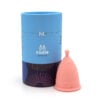


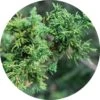




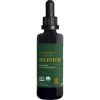


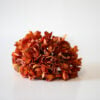



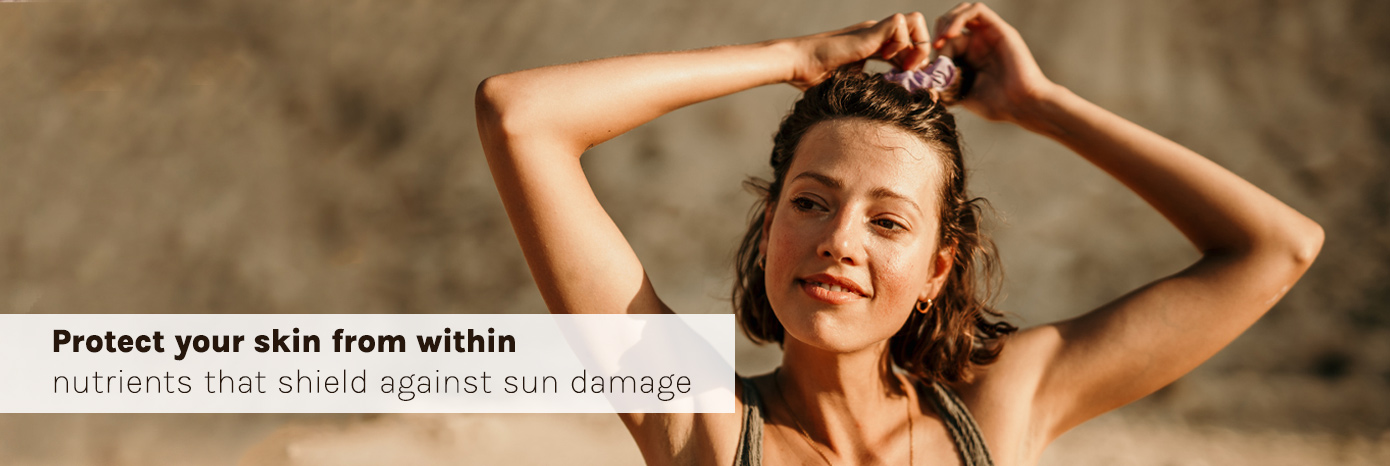
 Types of UV Radiation
Types of UV Radiation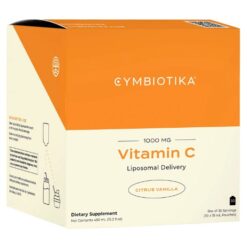

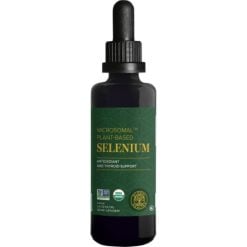
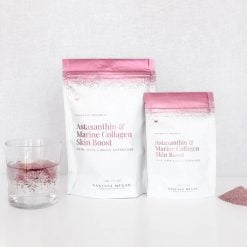









 Beauty Products
Beauty Products By Skintype
By Skintype Brands A-Z
Brands A-Z Wellness
Wellness Health / Nutrition
Health / Nutrition